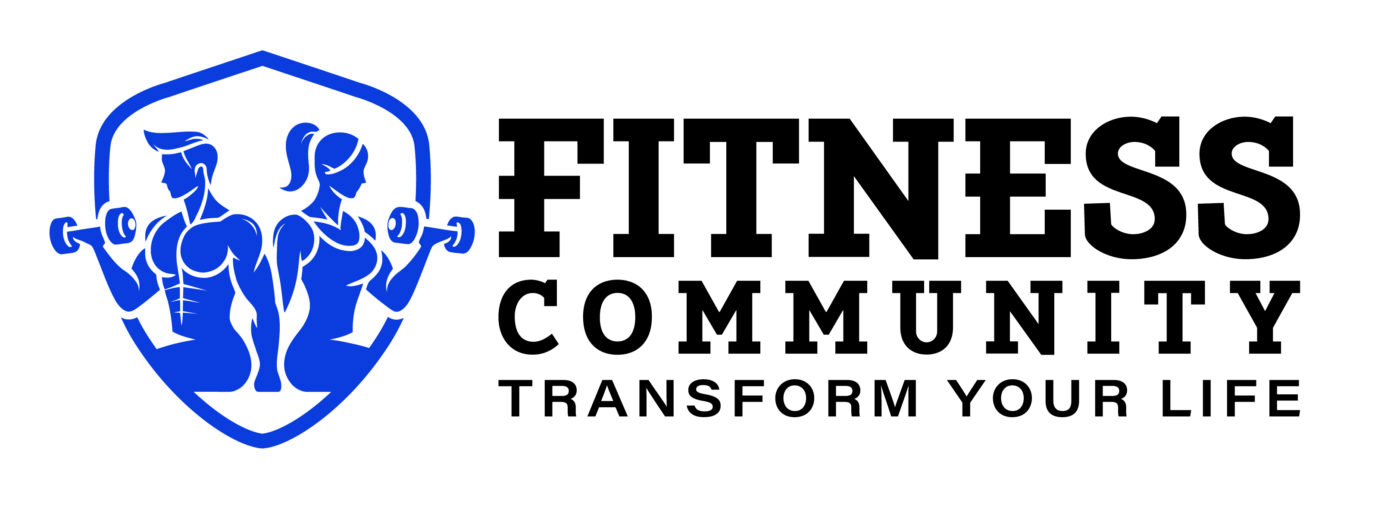CARDIOVASCULAR FITNESS
Rowing vs. Running: Which Cardio Workout is Better for Your Heart?
Rowing and running are two of the most effective forms of cardiovascular exercise, each offering significant benefits for heart health, endurance, and overall fitness. Both activities elevate heart rate, improve circulation, and lower the risk of heart disease and high blood pressure. However, despite their similarities, these exercises impact the heart in distinct ways.
Rowers Have Bigger, Stronger Hearts Than Runners
While both rowing and running improve cardiovascular fitness, studies suggest that elite rowers develop notably larger hearts than elite runners. A 1994 study published in the American Journal of Cardiology examined the heart structure of 947 elite athletes across 27 sports and found that rowers had the thickest left ventricular walls and the largest left ventricles during the resting phase between heartbeats. This means that rowers’ hearts are not only stronger but also more efficient at pumping blood compared to runners.
A larger left ventricle allows the heart to pump more blood per beat, leading to a lower resting heart rate and increased oxygen delivery to working muscles. This adaptation enables rowers to maintain endurance for prolonged periods without fatiguing as quickly as runners.
Why Does Rowing Result in a Bigger, Stronger Heart?
Dr. Bhaskar Semitha, a cardiologist and cardiothoracic surgeon at Fortis Hospital Vashi in Mumbai, explains that rowing engages multiple muscle groups simultaneously, requiring a higher oxygen supply than running. “Rowing is a full-body workout that demands a high oxygen supply, so the heart has to pump more blood per beat,” Semitha said. Over time, this leads to a stronger heart, a lower resting heart rate, and a higher stroke volume (the amount of blood pumped per beat).
Unlike running, where the primary focus is on the lower body, rowing incorporates the legs, core, and upper body. The increased muscle engagement places greater demand on the cardiovascular system, prompting more profound heart adaptations.
Furthermore, rowing encourages blood to return to the heart more efficiently due to the seated position, reducing strain on the heart while maintaining optimal circulation. A 2002 study in the European Journal of Applied Physiology found that heart rate was consistently lower during rowing than running, even when performed at maximum intensity.
Does Running Have Its Own Unique Heart Benefits?
Despite rowing’s impact on heart efficiency, running still holds advantages for cardiovascular health. According to Sergii Putsov, PhD, a professional weightlifter and head of sports science at Torokhtiy Weightlifting, running increases VO2 max (the maximum amount of oxygen a person can use during exercise) more effectively than rowing. “Running forces your body to work against gravity, amplifying oxygen consumption and utilization,” Putsov said.
VO2 max is a key marker of cardiovascular endurance, and improving it can enhance athletic performance and daily stamina. Because running requires the body to continuously propel itself forward while fighting gravitational resistance, it forces the heart and lungs to work harder to meet energy demands.
Additionally, running tends to cause sharper increases in heart rate, particularly during sprints and high-intensity intervals. This leads to greater arterial flexibility, as blood vessels rapidly expand and contract, helping prevent high blood pressure and improving overall cardiovascular health. The impact of running also stimulates bone density and strengthens connective tissues, which can be beneficial for long-term musculoskeletal health.
Rowing vs. Running: Which is Better for Heart Health?
There is no clear winner in the rowing vs. running debate—both exercises provide substantial benefits for heart health. The best choice depends on individual fitness goals, physical condition, and personal preferences.
Benefits of Rowing:
Engages multiple muscle groups, providing a full-body workout
Improves heart efficiency by increasing stroke volume and lowering resting heart rate
Reduces impact on joints, making it ideal for those with joint issues or injuries
Enhances muscular endurance and strength along with cardiovascular fitness
Benefits of Running:
More effective at increasing VO2 max, improving endurance and aerobic capacity
Strengthens bones and connective tissues due to its weight-bearing nature
Improves arterial flexibility, reducing the risk of high blood pressure
Burns more calories per minute compared to rowing, making it effective for weight loss
Which One Should You Choose?
The best choice ultimately depends on personal fitness goals:
If you want a low-impact, full-body workout that strengthens the heart while reducing joint stress, rowing is an excellent option.
If you want to maximize cardiovascular endurance, increase VO2 max, and strengthen bones, running is the better choice.
For a well-rounded fitness routine, incorporating both exercises can provide the most comprehensive benefits.
Regardless of which exercise you choose, both rowing and running can significantly improve heart health, boost endurance, and contribute to overall physical well-being.

